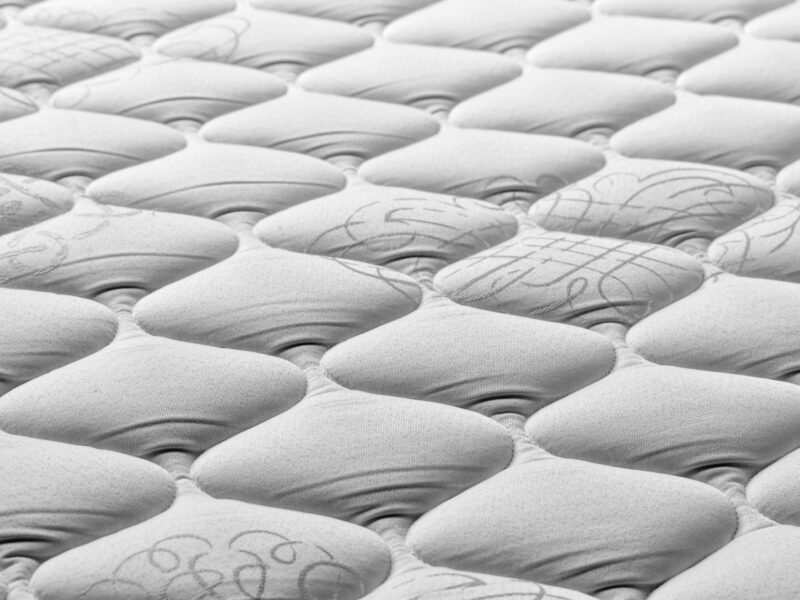Hair loss and thinning hair can significantly impact an individual’s self-image and confidence. Fortunately, advancements in medical technology have made transplantation a popular and effective solution for restoring density. This article explores different ways to restore density through the hair transplant process, providing individuals with options to regain a fuller head and boost their self-esteem.
Understanding The Process:
It is a surgical procedure that involves moving healthy follicles from one area of the body, known as the donor site, to the thinning or balding areas, known as the recipient site. The most commonly used methods are Follicular Unit Transplantation (FUT) and Follicular Unit Extraction (FUE).
Follicular Unit Transplantation (FUT):
In FUT, it removes a strip of skin from the donor area, typically the back of the scalp, and dissects it into individual follicular units. These units, containing one to four follicles, are then transplanted into the recipient site. FUT is suitable for individuals who require a large number of grafts and can provide significant density restoration. It is effective for those with advanced loss or limited donor availability.
Follicular Unit Extraction (FUE):
FUE is a more advanced technique that involves harvesting individual follicles directly from the donor area using a specialized instrument. The surgeon extracts each unit one by one and then transplants them into the recipient site. FUE is less invasive than FUT and leaves minimal scarring, making it an attractive option for individuals who want a quicker recovery time and prefer not to have a linear scar.
Combining Techniques:
In some cases, a combination of FUT and FUE techniques may be used to achieve optimal density restoration. This hybrid approach allows the surgeon to utilize the benefits of both techniques, ensuring a natural-looking result with maximum coverage and density. The specific combination used will depend on the individual’s needs and the surgeon’s expertise.
Considering Hairline Design:
When restoring density, careful consideration of the design is essential. The hairline should be meticulously planned and reconstructed to create a natural and aesthetically pleasing result. Experienced surgeons consider factors such as facial structure, age, and gender to design hairline that complements the individual’s overall appearance. Achieving a natural-looking one is crucial for a successful density restoration.
Post-Transplant Care:
Proper post-transplant care plays a vital role in the success of density restoration. Following the surgeon’s instructions regarding washing, applying medication or ointments, and avoiding activities that may strain the scalp is crucial. Protecting the newly transplanted hair from excessive sun exposure and wearing a hat or sunscreen when outdoors is essential. Additionally, refraining from smoking or consuming alcohol can promote healing and aid growth.
Timeline for Results:
It is important to note that it is not an instant solution, and it takes time for the follicles to grow and establish themselves. It is common for the hair to shed within a few weeks after the procedure. However, new growth typically begins within a few months, gradually increasing in density over time. The final results can be seen within 8 to 12 months, with continued improvement beyond that timeframe. Patience and understanding of the timeline are key to achieving the desired density.
Combining This Process with Other Treatments:
It can sometimes be complemented with other treatments to enhance density restoration. For example, Platelet-Rich Plasma (PRP) therapy involves injecting concentrated platelets derived from the patient’s blood into the scalp. PRP promotes growth and can stimulate the follicles, leading to improved results. Other treatments, like laser therapy or topical medications, may also be recommended by the surgeon to support growth and density.
Conclusion:
A hair transplant procedure provides individuals with an effective solution for restoring density and improving their overall appearance. It is essential to consult with an experienced and qualified surgeon to determine the most suitable approach based on individual needs and expectations. The right procedure and proper care can provide a long-lasting and natural-looking result, allowing individuals to enjoy thicker, denser hair and a renewed sense of self.




